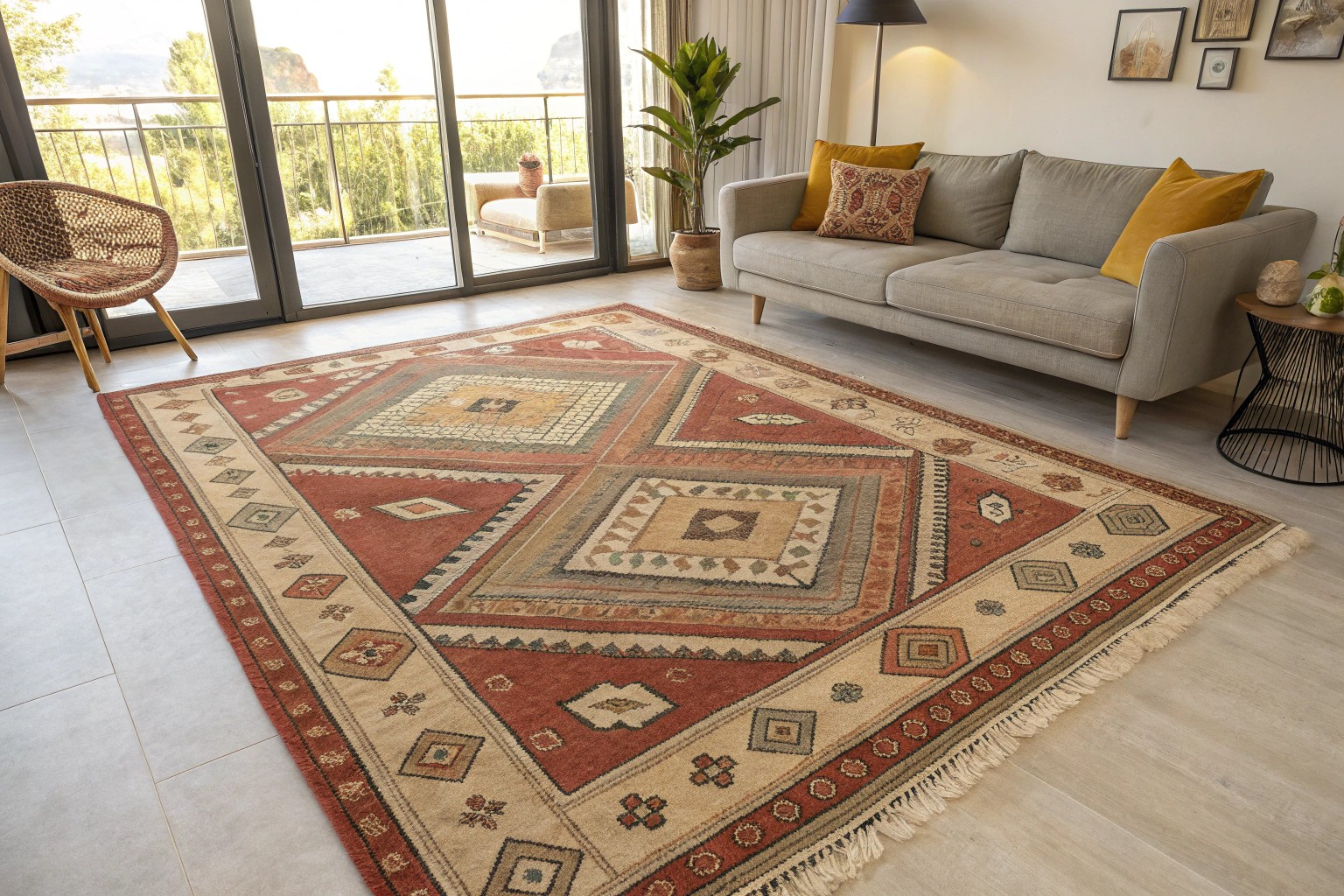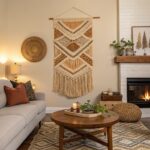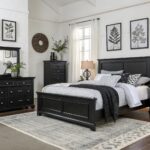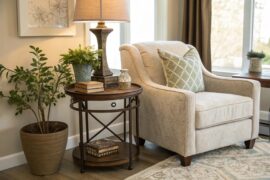Vintage rugs transform spaces with their rich history, intricate craftsmanship, and timeless beauty. These textile treasures bridge past and present, infusing modern interiors with character that simply cannot be replicated in new productions. When curated thoughtfully, they become not just floor coverings, but conversation pieces that anchor rooms and tell stories through their carefully woven fibers.
Understanding the World of Vintage Rugs
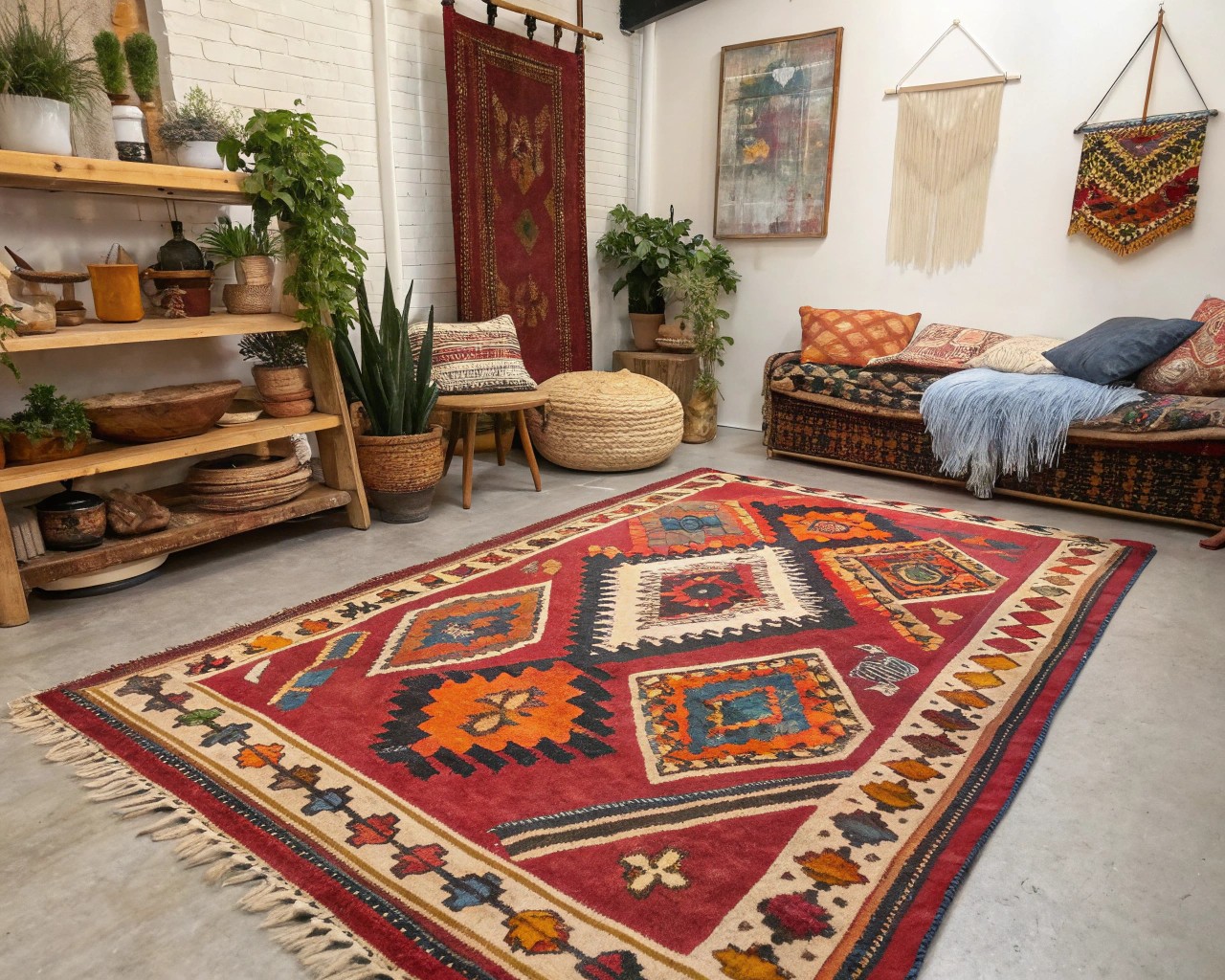
Vintage rugs occupy a specific historical niche—generally those created between 25 and 100 years ago. Anything older falls into the antique category, which typically commands higher prices and requires more specialized care. These pieces have already withstood the test of time, proving their durability while developing the soft, faded patina that collectors prize.
Types of Vintage Rugs and Their Distinctive Characteristics

Different regions have produced rugs with distinctive styles and techniques, each carrying cultural significance and aesthetic qualities worthy of appreciation.
| Rug Type | Origin | Typical Characteristics | Best Used In |
|---|---|---|---|
| Persian | Iran, Pakistan | Intricate floral motifs, rich colors, exceptional craftsmanship | Formal living spaces, master bedrooms |
| Turkish | Turkey | Geometric patterns, slightly floral designs, versatile look | Living rooms, multi-purpose spaces |
| Oushak | Turkey | Room-sized, decorative, soft pastel coloration | Large living areas, dining rooms |
| Moroccan | Morocco | Bold geometric patterns, high pile, tribal influence | Bohemian spaces, casual settings |
| Chinese Art Deco | China | Bold colors, dramatic motifs, artistic flair | Statement rooms, art-focused spaces |
Each type carries its own language of symbols and patterns. Turkish Bergama rugs showcase tribal influences, while Hereke rugs feature elegant curve-linear patterns worthy of Ottoman palaces. A room with a genuine vintage rug inherits not just a decorative element, but a piece of global artistry.
Identifying Authentic Vintage Rugs
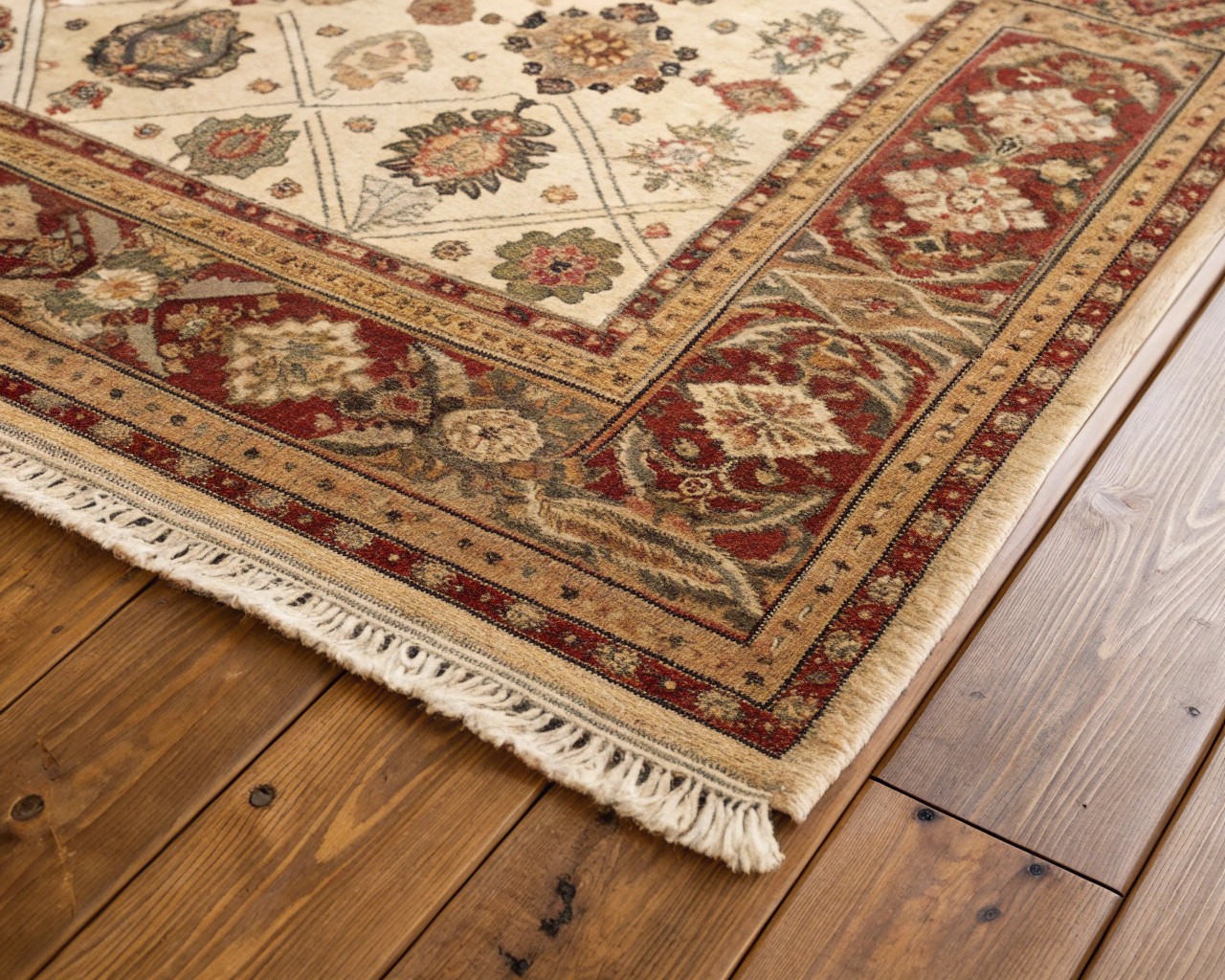
When searching for genuine vintage pieces, knowing the hallmarks of authenticity can save both disappointment and money. After years guiding clients through this process, certain indicators consistently separate true vintage from mass-produced imitations.
Telltale Signs of a Genuine Vintage Rug
- No backing: Authentic hand-knotted vintage rugs never have fabric backing. The underside reveals the weaving structure and should mirror the front pattern.
- Integrated fringe: The fringe forms part of the rug’s foundation, not sewn on afterward.
- Natural materials: Genuine vintage rugs use wool, silk, or cotton—never synthetic fibers like polyester or acrylic.
- Colorfast dyes: When tested with a damp cloth, authentic vintage rugs with vegetable dyes show minimal to no color transfer.
- Hand-knotted construction: Look for slight irregularities that indicate human craftsmanship rather than machine precision.
- KPI (knots per inch): Higher-quality vintage rugs typically feature 40 to 400+ knots per inch—the higher the density, generally the higher the quality.
Experts often highlight a key difference: while machine-made rugs aim for flawless uniformity, the charm of hand-knotted vintage rugs resides precisely in their subtle irregularities. These unique variations are not defects, but rather the signature of the artisan, telling the story of the hands that meticulously crafted the piece.
The Emotional Storytelling of Vintage Rugs
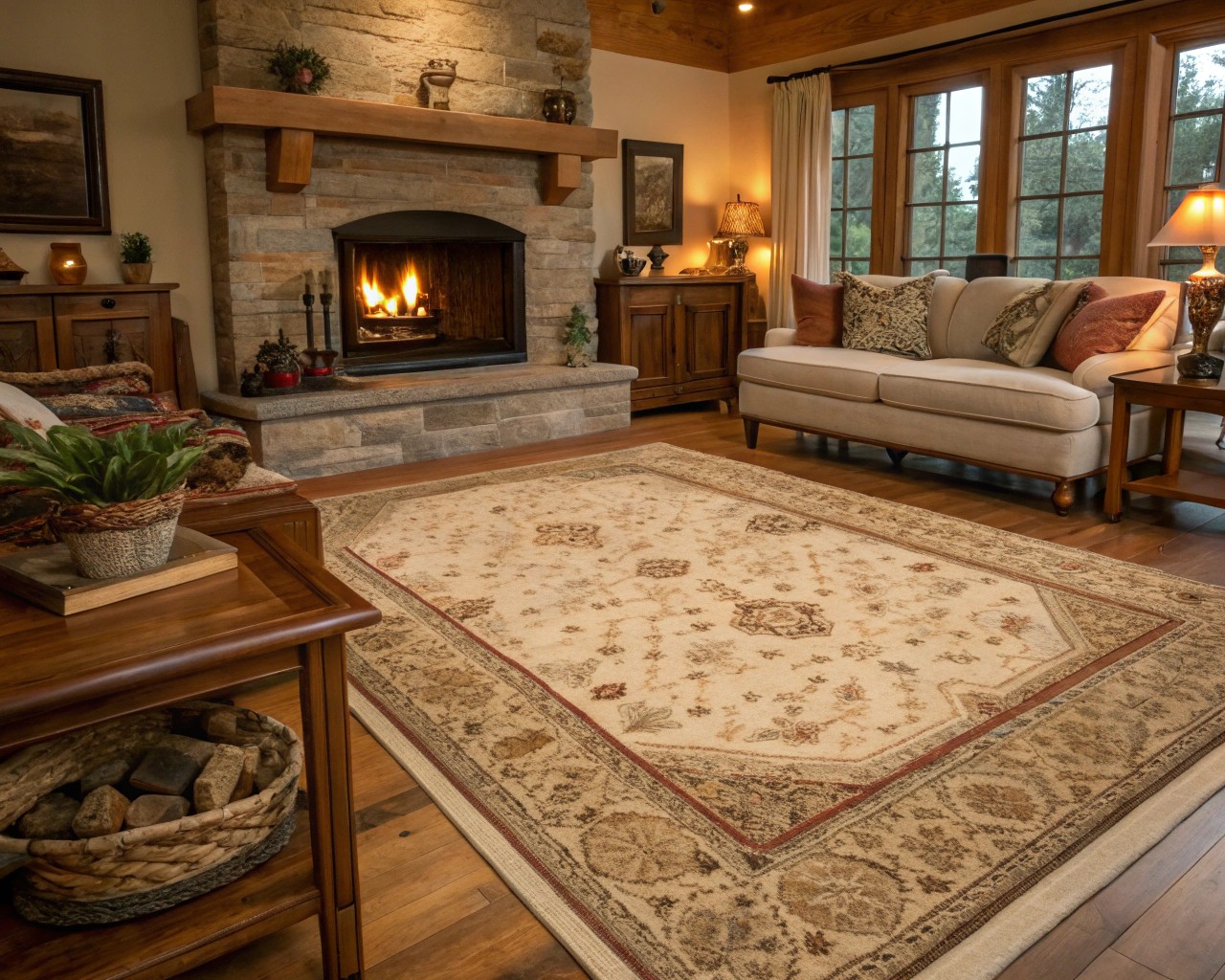
Beyond their physical characteristics, vintage rugs carry rich emotional narratives. Each rug represents a tapestry of traditions, with weavers imbuing their creations with emotions, hopes, dreams, and cultural symbols. The vibrant colors and intricate patterns serve as a visual language, with birds symbolizing happiness, horses representing power, and colors carrying significant cultural meanings—red often signifying joy and luck, blue symbolizing peace or truth.
Consider the Swiss Alps home where architect Rudolf Olgiati specifically selected a rug that complemented his minimalist white interiors with Carrara marble floors. The family treasured this piece so deeply that years later, they sought to recreate it when it finally wore out. This exemplifies how vintage rugs become integral to a home’s identity and emotional landscape.
Where to Find Authentic Vintage Rugs
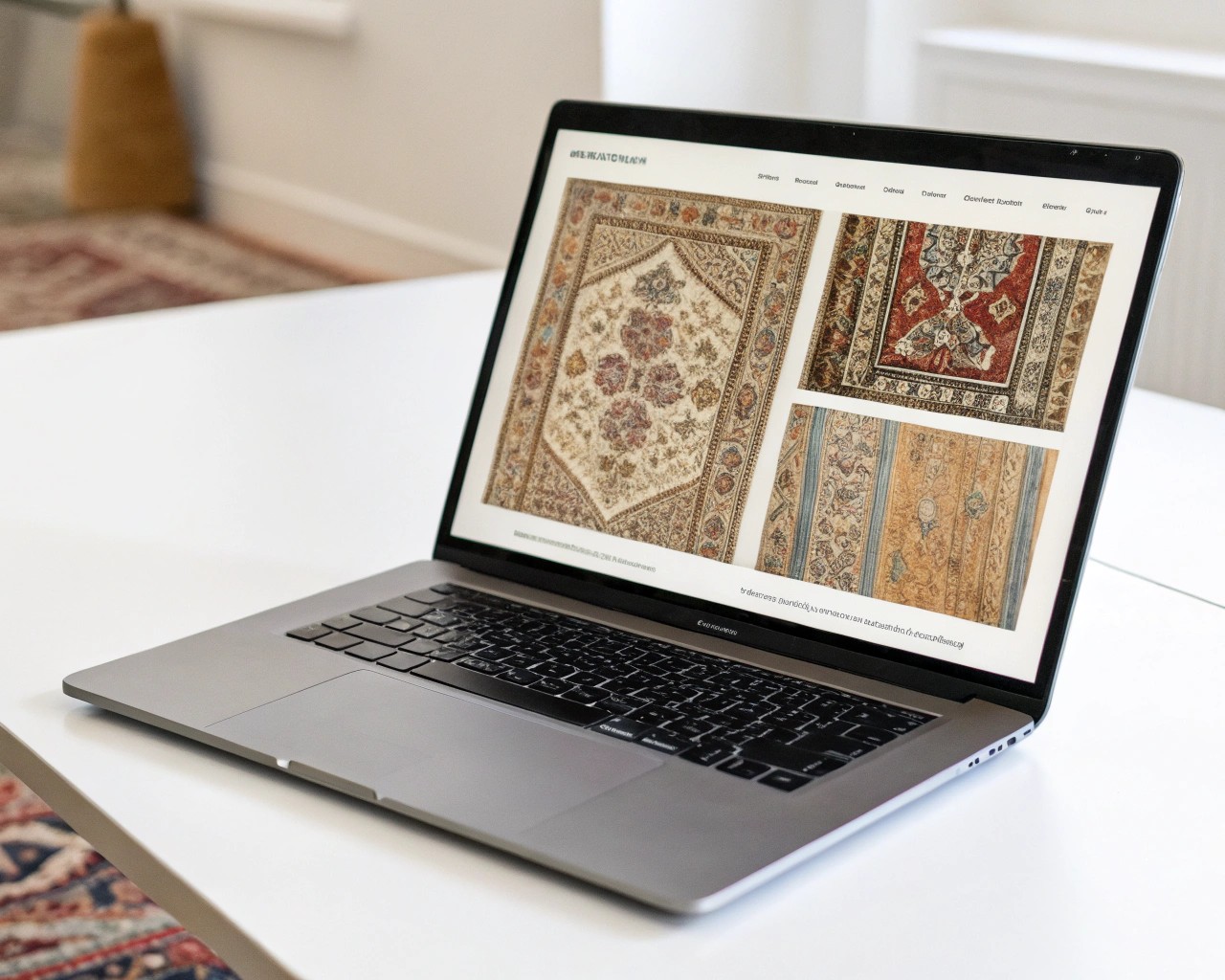
Finding genuine vintage rugs requires knowing where to look and what questions to ask. The hunt itself becomes part of the joy of ownership.
Recommended Sources for Quality Vintage Rugs
- Specialty dealers: Establishments like Urban Americana in Long Beach, Olio Collective, and Hemswell Antique Centres offer curated selections with expertise.
- Online marketplaces: Etsy hosts many reputable vintage rug sellers, though careful vetting is essential.
- Estate sales and auctions: Often yield unexpected treasures at reasonable prices.
- Specialty retailers: RugSource, MiamiVintageRugs, BeniourainDirect, and eCarpetGallery offer extensive vintage options.
Questions to Ask Before Purchasing
- What is the exact age and origin of the rug?
- Can you provide detailed photos in different lighting conditions?
- What materials compose the rug?
- Are there any repairs or restoration work?
- What is your return policy?
One client discovered her perfect Turkish Oushak after requesting additional photos from an online seller. The initial listing photos didn’t capture the subtle salmon tones that perfectly complemented her space—demonstrating why thorough investigation matters.
Styling Vintage Rugs in Contemporary Spaces
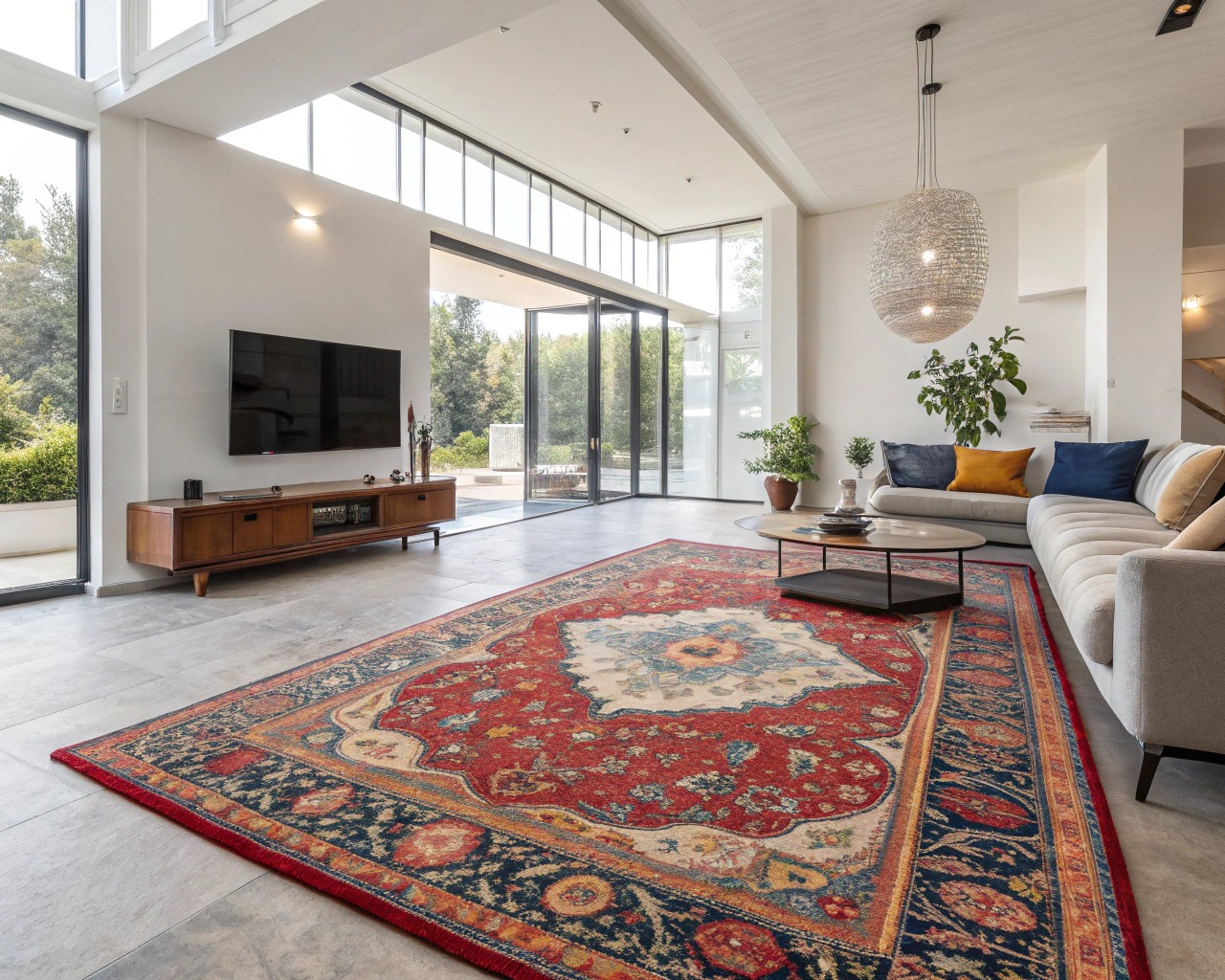
Vintage rugs bring extraordinary versatility to interior design, working equally well as statement pieces or complementary elements. Their time-worn character provides immediate warmth to even the most modern settings.
Approaches to Integrating Vintage Rugs
-
The Statement Piece Approach: Let the rug become the room’s focal point by pairing it with neutral furniture. In a recent Los Angeles project, a vibrant Persian rug anchored an otherwise minimalist living room, with the client selecting accent pillows that echoed the rug’s turquoise and amber tones.
-
The Color Palette Guide: Use the rug’s colors to inform other design elements in the space. A client in Portland built their entire room scheme around a vintage Chinese Art Deco rug, pulling its rich turquoise, pink, and gold tones into curtains and artwork while keeping walls neutral.
-
The Era Blend: Mix the rug with both vintage-inspired pieces and contemporary elements. The most successful rooms avoid looking like period reproductions by thoughtfully combining a vintage rug with modern furniture, perhaps adding a vintage-inspired lamp or art piece that references the rug’s era.
-
Unexpected Placements: Vintage rugs needn’t be limited to living rooms. They bring exceptional character to entryways, kitchens, and bathrooms—spaces that often lack personality. A small Turkish runner placed in front of a kitchen sink instantly transforms a utilitarian space with color and texture.
Case Study: The Alpine Inheritance
When Anne and Urs inherited a Swiss mountain home designed by renowned architect Rudolf Olgiati, they faced a dilemma. The original rug, carefully selected by Olgiati himself to complement the home’s white walls and Carrara marble floors, had deteriorated beyond repair. Anne explained that it was crucial for them, and particularly meaningful for Urs’ father, to honor Olgiati’s original design intent as they moved forward.
The solution came through a specialized rug recreation service that meticulously analyzed the original piece and crafted a vintage-inspired replacement that honored both the aesthetic and emotional significance of the original. This demonstrates how vintage rugs become more than decorative elements—they become part of a home’s heritage.
Caring for Your Vintage Treasure
Proper maintenance ensures your vintage rug remains beautiful for decades to come, potentially becoming an heirloom for future generations.
Essential Care Guidelines
- Regular vacuuming: Light vacuuming every few days prevents dirt from settling into fibers.
- Rotation: Turn your rug periodically to ensure even wear, especially in high-traffic areas.
- Professional cleaning: Schedule expert cleaning every few years to preserve colors and integrity.
- Immediate attention to spills: Blot (never rub) spills immediately with a clean, white cloth.
- Rug pads: Use appropriate padding underneath to prevent slipping and reduce wear.
Concerns sometimes arise about investing in a vintage wool rug for busy family rooms. However, experienced dealers often reassure clients by highlighting the inherent resilience of 100% wool, which is naturally stain and water-resistant. They point out that a rug surviving over 50 years has already demonstrated its hardiness, making it a suitable choice even for active households.
The Sustainable Choice
Beyond aesthetics and history, choosing vintage rugs represents a meaningful environmental choice. In an era of increasing environmental consciousness, reusing existing textiles reduces waste and carbon footprint. As one designer highlighted to a client debating options, selecting a vintage piece is more than just decorating; it’s a commitment to sustainability that simultaneously brings historical craftsmanship into the home environment.
Beginning Your Vintage Rug Journey
The world of vintage rugs offers endless possibilities for creating spaces that feel both grounded in history and freshly relevant. Whether you’re drawn to the geometric boldness of Turkish designs, the floral elegance of Persian craftsmanship, or the artistic flair of Chinese Art Deco pieces, there’s a vintage rug waiting to transform your space.
Remember that imperfections are signatures of authenticity—slight variations in color, gentle wear patterns, and subtle asymmetries all contribute to the unique character that makes these textiles so compelling. Each vintage rug carries within its fibers generations of craft tradition and lived history, ready to bring that rich narrative into your own home story.
Let the hunt begin—your perfect vintage rug awaits, ready to bring its timeless joy to your space for years to come.

